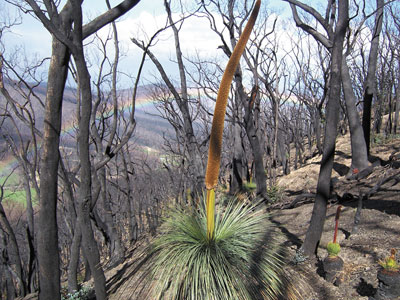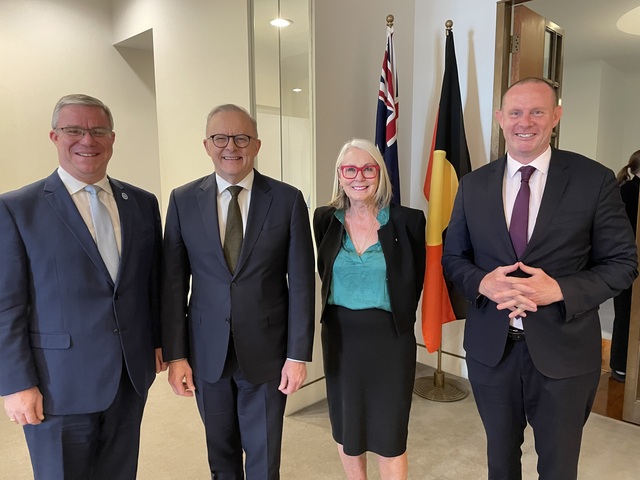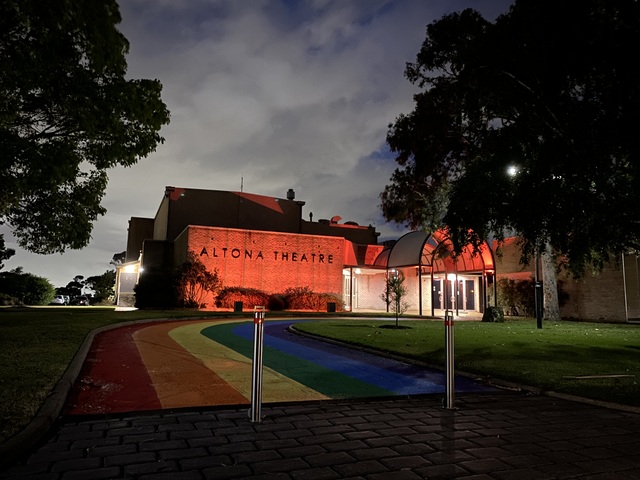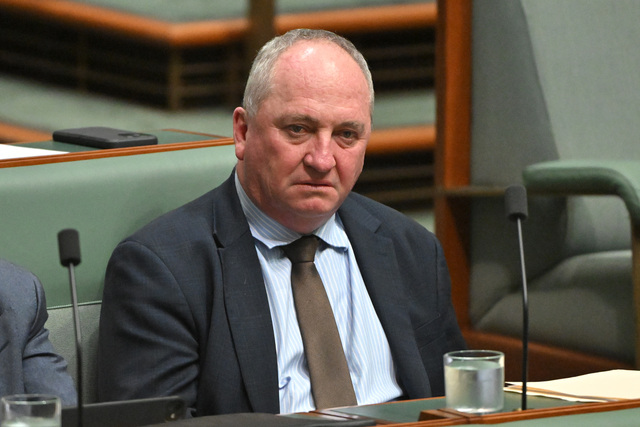With the aim of sharing and learning, the Institute of Public Works Engineering Australia (IPWEA) conference attracted a wide range of international delegates, representing Sweden, Finland, Norway, Germany, South Africa, New Zealand, the United Kingdom, USA, Canada,
the Netherlands and the Solomon Islands.
IPWEA National President, Dave Harris, said much has happened since the last conference in Cairns in 2007.
“We have faced many uncertainties and challenges,” he said. “But the public works sector has taken up those challenges and we are now on the path to a sustainable recovery, delivering benefits for future generations.”
Dave Harris said future financial sustainability can be ensured through custodianship and the provision of infrastructure. However, he said that public works engineers must influence the way the State Governments frame future Local Government Acts.
“These acts are pivotal to planning and long term financial sustainability,” he said. “With the Federal Government’s $25 million Local Government reform fund, better infrastructure, maintenance and a plan for the future is needed.”
Keynote speaker Christine Nixon, Chair of Victoria’s Bushfire Reconstruction Authority, discussed the path ahead for the rebuilding of
78 communities across the 25 municipalities affected by the Black Saturday bushfires last February.
She said for public works engineers, the task at hand is large, encompassing the majority of the rebuilding process.
“To do this, it is crucial that partnerships remain in place between Federal, State and Local Governments,” Christine Nixon said. “Local Government is on the ground and knows what communities need, but the State and Federal Governments must assist with funding.”
She said that a recovery effort must also be open and willing to take on partnerships with individuals and the private sector.
“In addition to the masses of volunteers that came forward following the fires, many large companies donated staff, time and resources. You must be prepared for this and able to get them on board as soon as possible.
“For example, the Victorian Government contracted construction company Grocon to undertake the cleanup. Through a clear understanding and organisation, the contract itself was drawn up and completed in 24 hours.
“Teams were then immediately deployed across all communities, with more than 3,000 properties cleaned up in just four months. This allowed a clean slate for people to think about where they wanted to go next.”
Christine Nixon said communities must be consulted throughout the rebuilding of properties, businesses and towns.
She said that some 30 local committees have been implemented across the bushfire affected municipalities, and the Bushfire Reconstruction Authority has worked with each to create an individual community plan mapping the way forward.
In creating recovery plans after a disaster, each community must be asked what it needs to recover.
“You need to recognise culture, interests and so forth and identify how these can be brought back together,” Christine Nixon said. “In addition, councils and engineers must be honest on what they can deliver, when and how. Stick with the facts and tell people what you know straight up. If you can’t fix something, just say so.
“Be clear and compassionate, but don’t give people false promise.”
Christine Nixon said that responding to a disaster requires multiple approaches.
“There must be a focus on both immediate needs and longer term responsibilities,” she said. “In terms of fighting the fires, we had arrangements in place to quickly call on Californian firefighters to help fight the fires.
“Assistance was also provided from all other Australian States. It is crucial to have these networks and plans in place before they are needed.”
She said emergency relief, such as medical support, housing, counselling and case management support, also needs to be considered.
“Use examples from interstate and overseas and take on board those parts that worked, and avoid their mistakes.”
Christine Nixon said that with 350 Victorian residents losing their lives to heat exhaustion in the days leading up to the fires, engineers must also think about building design and construction, as well as facilities people can use during extreme weather events to prevent this happening again.








